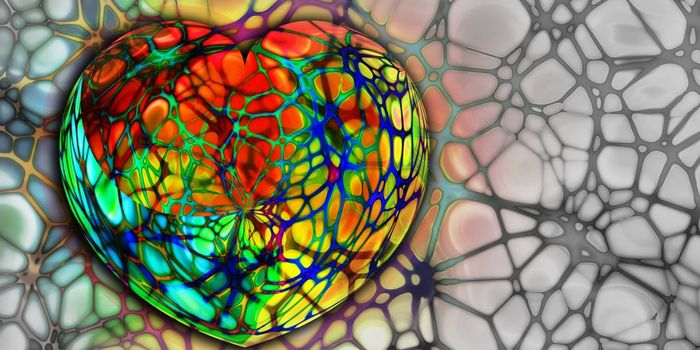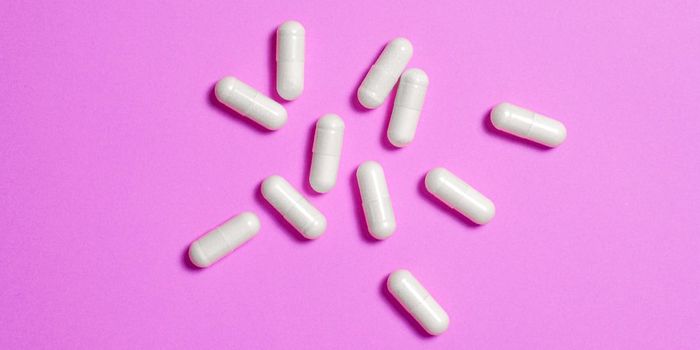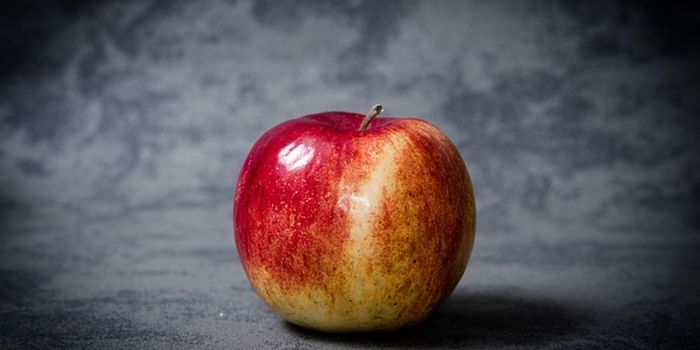Digit Ratio Linked to Oxygen Consumption in Athletes
New research published in the American Journal of Human Biology has shown a link between certain digit ratios, in this case the ratio between the length of the index finger and ring finger, and oxygen consumption in athletes.
The study included 133 male football players. The players underwent anthropomorphic measurements including hand scans to measure finger length. They then completed a cardiopulmonary test on a treadmill to measure VO2max and ventilatory thresholds. The purpose of the study was to explore a possible relationship between oxygen consumption and digit ratios.
The results showed that players who had a longer ring finger relative to their index fingers tended to have more efficient oxygen metabolism that let them reach a higher maximal oxygen consumption during testing; in other words, they had a higher VO2max. A longer ring finger relative to the index finger is thought to be caused by higher exposure to testosterone in the womb. Testosterone can influence oxygen metabolism through its impact on mitochondria, which may help explain how digit ratio is tied to VO2max and oxygen use.
This finding builds on previous research showing that a person’s digit ratio is also related to their distance running performance, the age at which they have heart attacks on average, and severity of COVID-19. In all three cases, those with a longer ring-to-index finger ratio may benefit from more efficient oxygen uses; they tend to perform better in distance running events and experience lower severity of both COVID-19 and heart disease. These findings help to clarify the metabolic processes that are related to certain disease outcomes. Future research will explore the relationship between digit ratios and oxygen consumption in women.








